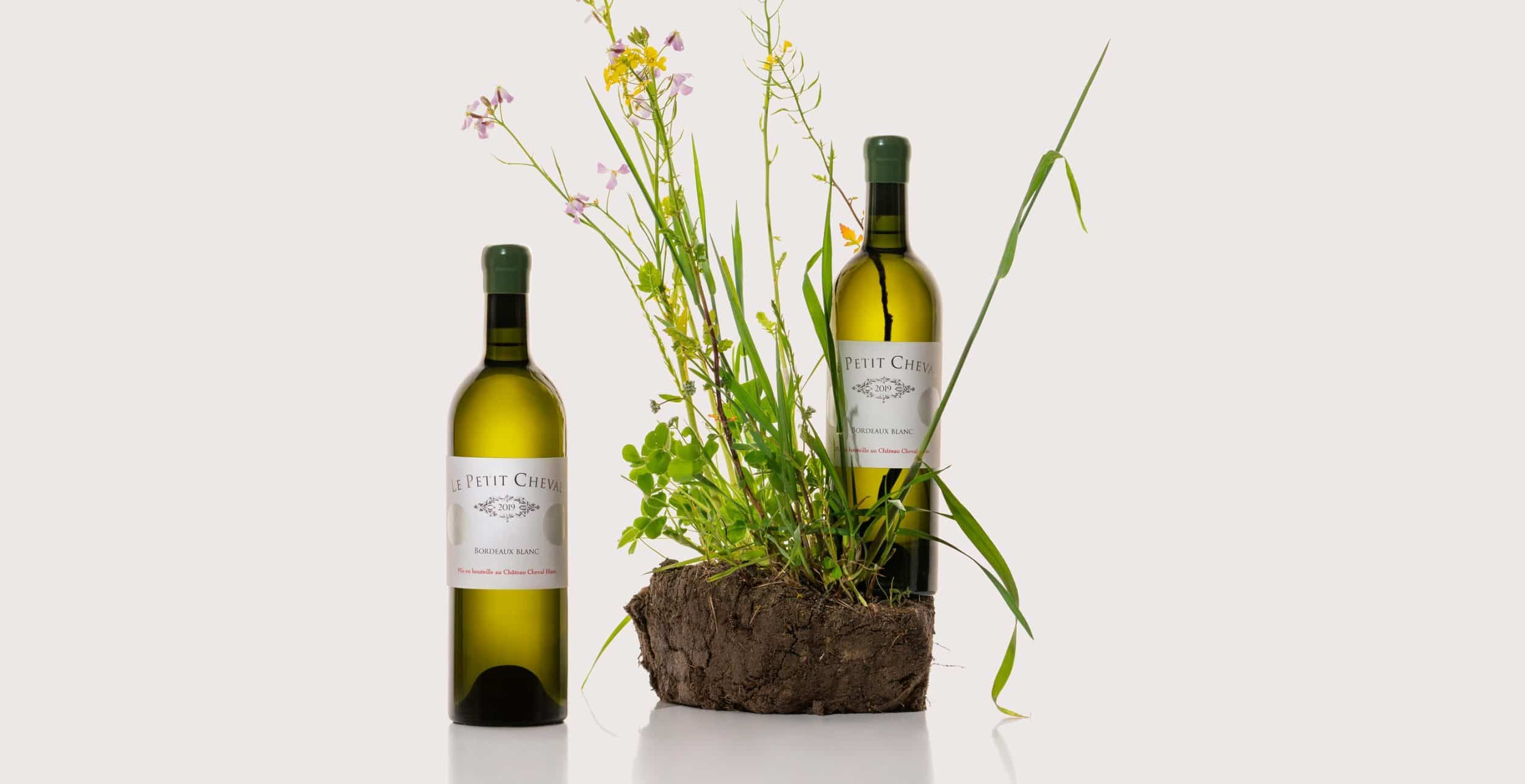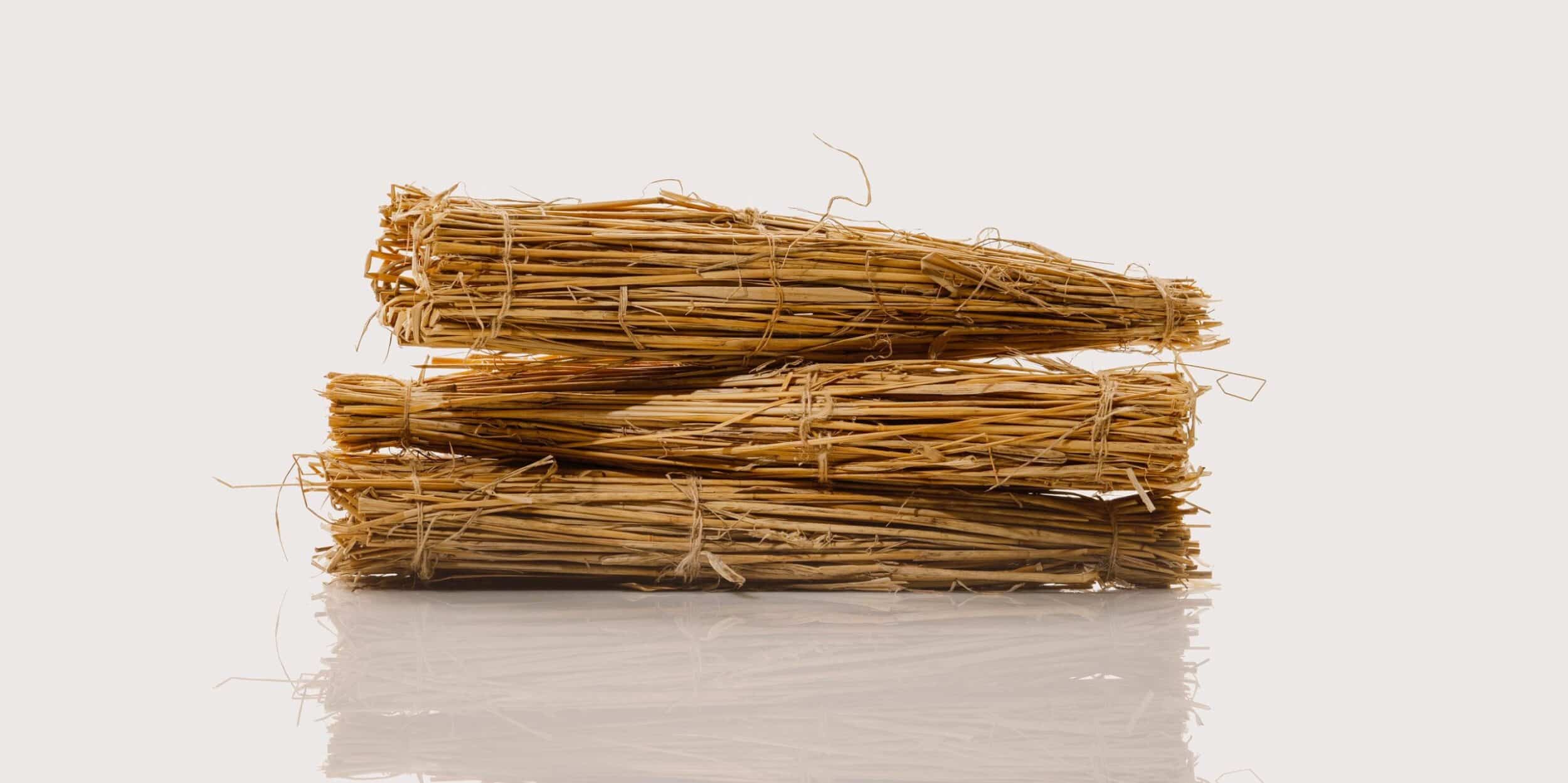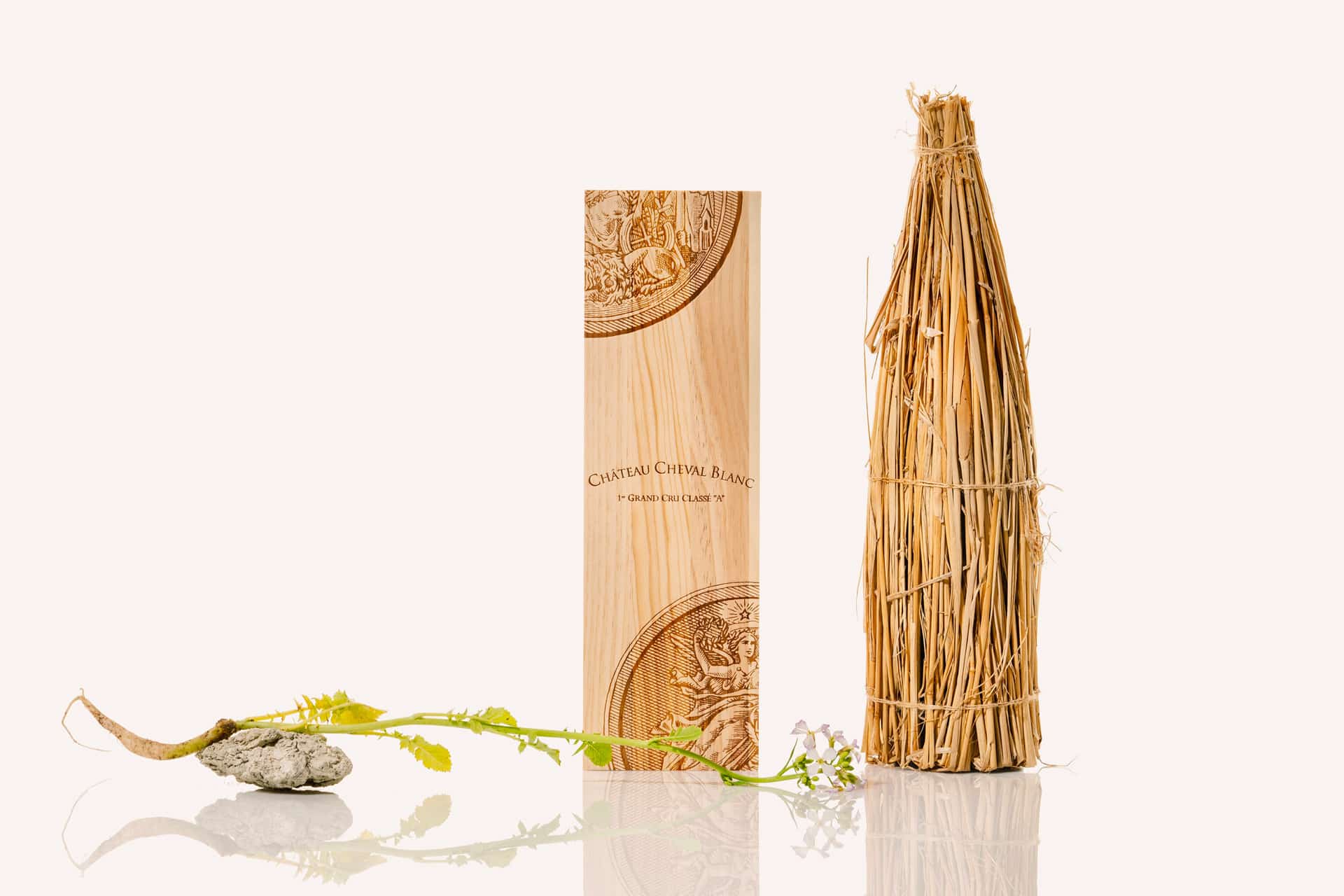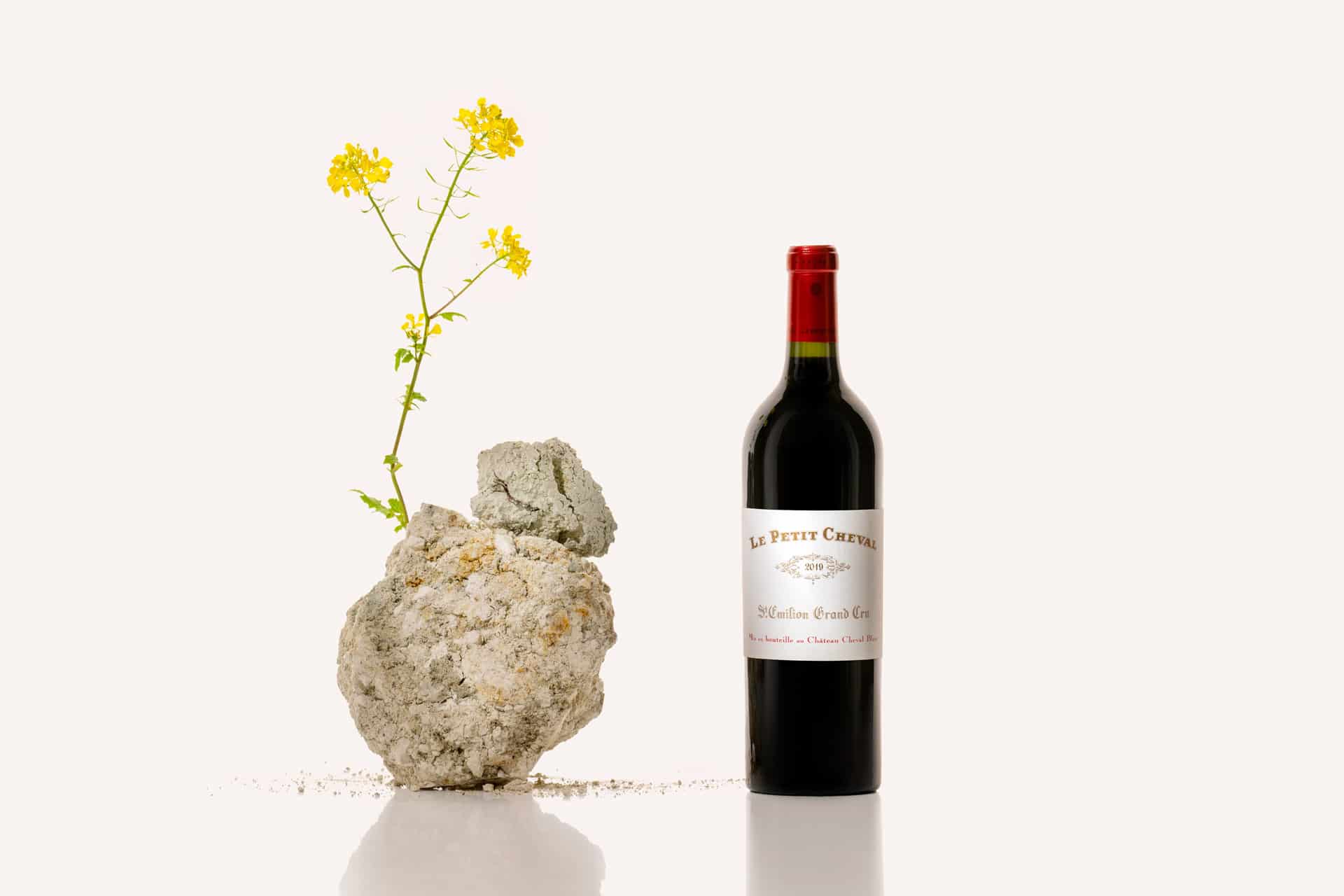
Service
Ideally, the wine should be served at 15-17°C. However, this rule isn’t written in stone. Sometimes the seasons play their part. Either way, don’t be afraid of taking the wine from the cellar at the last moment, nor of serving it too cold: it will warm up quickly in the glass.
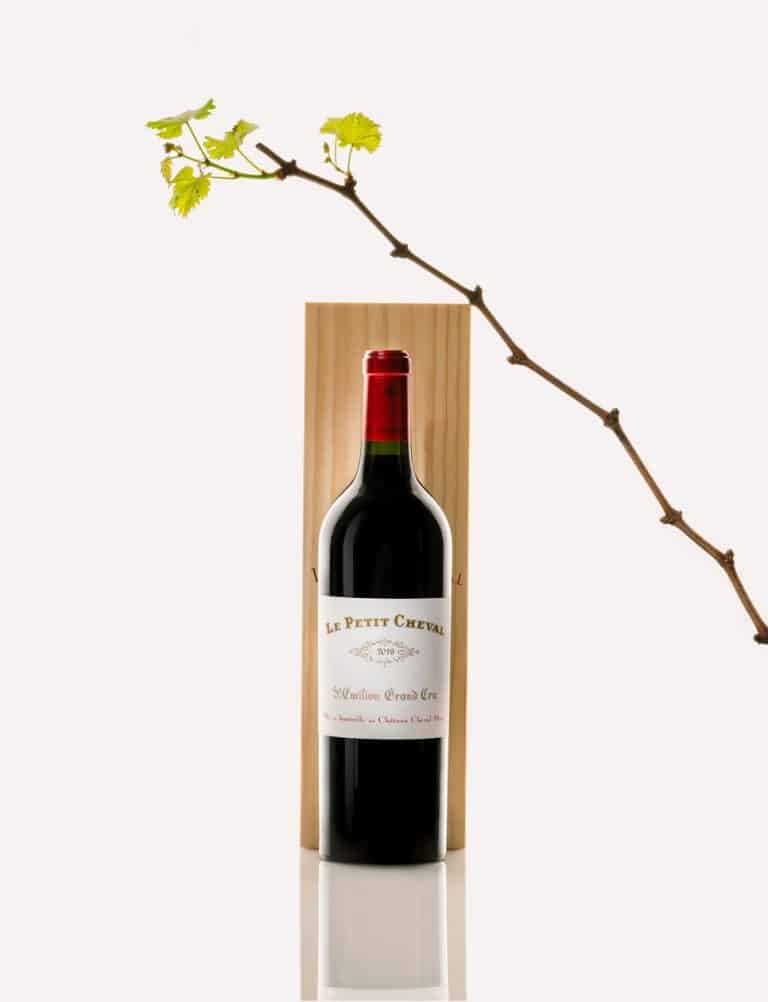
If the wine is less than ten years old, it is advisable to decant it for one hour at least. In keeping with its identity as a wine for ageing, a young Château Cheval Blanc might taste slightly austere if it is not aerated before serving.
Apart from this particular instance, it is best not to decant in order to preserve the many facets of the wine and enjoy its evolution as you drink it. Enjoy its aromatic bouquet and the delicacy of the first nose. The initial notes are both the most delicate and the most volatile which is why decanting a Château Cheval Blanc risks losing a part of its complexity and reducing its overall potential of expression.
Food pairing
Which dishes to pair with a bottle of Château Cheval Blanc?
Some ingredients don’t pair well with fine wine: eggs, tomatoes, cured ham, lemon, orange. Apart from these particular foods, Cheval Blanc matches any dish prepared with quality ingredients and love as well as any meals bringing together guests who enjoy sharing a moment of happiness together.
